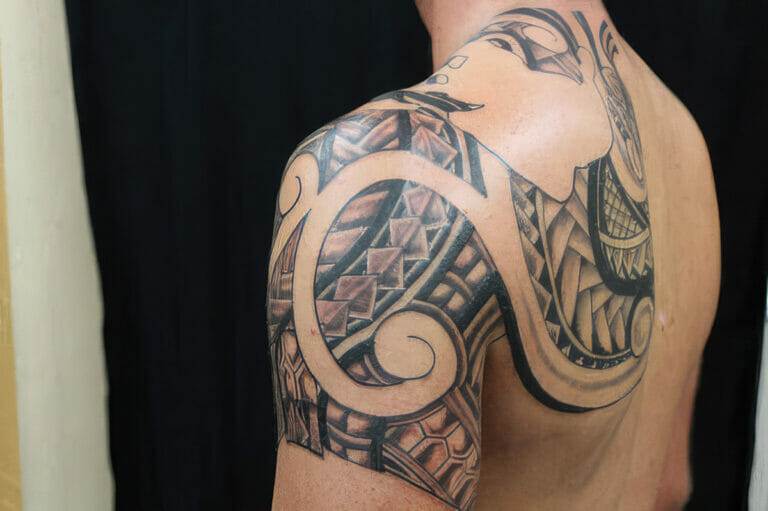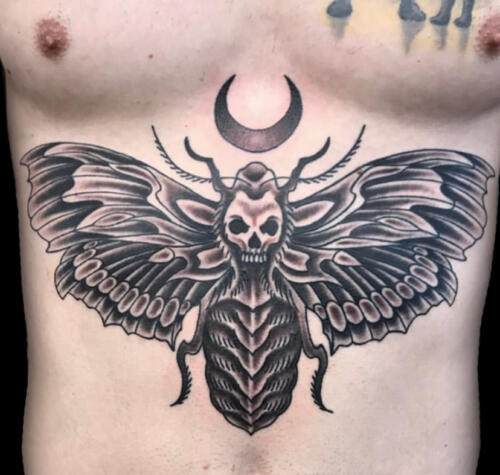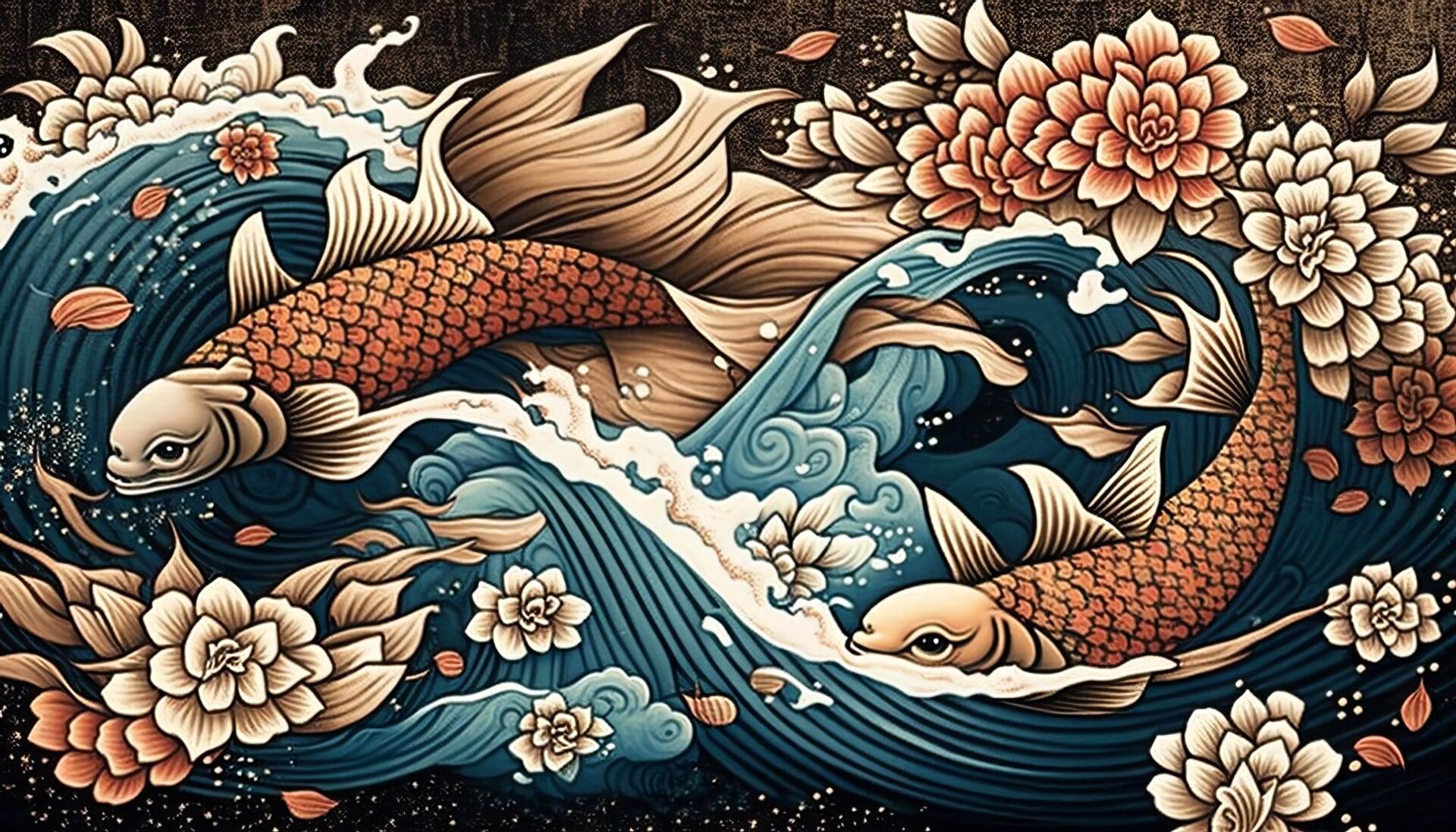
Irezumi, the traditional Japanese art of tattooing, has a rich and complex history that dates back centuries. Its origins can be traced to the Jomon period (approximately 14,000 to 300 BCE), where early forms of body decoration were practiced. These early tattoos were often used for spiritual or tribal purposes, serving as a means of protection or as a rite of passage.
Over time, the practice evolved, and by the Edo period (1603-1868), Irezumi had transformed into a highly developed art form characterized by intricate designs and vibrant colors. During the Edo period, tattoos became associated with the Yakuza, Japan’s organized crime syndicates. This association led to a stigma surrounding tattooing, as it was often seen as a mark of criminality or rebellion against societal norms.
Despite this negative perception, Irezumi continued to flourish as an art form, with skilled tattoo artists known as “horishi” gaining recognition for their craftsmanship. The techniques and styles developed during this time laid the foundation for what we now recognize as traditional Japanese tattooing.
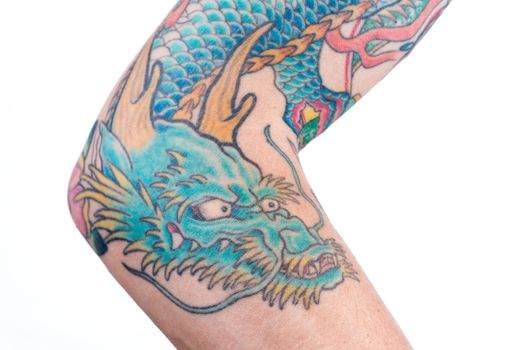
Key Takeaways
- Irezumi has a long history in Japan, dating back to the Jomon period, and has evolved over time to become a significant part of Japanese culture and society.
- Traditional Japanese tattoos are rich in symbolism and meanings, with each design representing specific values, beliefs, and cultural elements.
- The techniques and tools used in Irezumi, such as tebori (hand-poked) and irezumi chisel, have been passed down through generations and require great skill and precision.
- Popular Irezumi designs like dragons, koi fish, and cherry blossoms hold deep significance, representing strength, perseverance, and beauty.
- Irezumi plays a significant role in Japanese culture and society, with tattoos being associated with the yakuza, but also being embraced as an art form and cultural tradition.
- Modern adaptations and trends in traditional Japanese tattoo art have led to a global resurgence in popularity, with artists incorporating new styles and techniques.
- The process of getting an Irezumi tattoo involves careful consideration of design, placement, and finding a skilled and reputable tattoo artist.
- Despite its cultural significance, Irezumi has faced controversy and misconceptions, often being associated with criminality and stigmatized in modern society.
Symbolism and Meanings in Traditional Japanese Tattoos
The symbolism embedded in Irezumi is profound and multifaceted, with each design element carrying its own unique meaning. Common motifs include koi fish, dragons, cherry blossoms, and tigers, each representing different virtues and aspects of life. For instance, koi fish symbolize perseverance and strength, often depicted swimming upstream to signify overcoming obstacles.
This imagery resonates deeply with individuals seeking to convey their personal struggles and triumphs through their tattoos. Moreover, traditional Japanese tattoos often incorporate elements of nature, reflecting the deep connection between humans and the natural world in Japanese culture. Cherry blossoms, for example, symbolize the transient nature of life, reminding wearers of the beauty and brevity of existence.
Similarly, dragons are revered as powerful protectors in Japanese mythology, embodying wisdom and strength. The careful selection of symbols allows individuals to express their values, beliefs, and life experiences through their tattoos.
Techniques and Tools Used in Irezumi
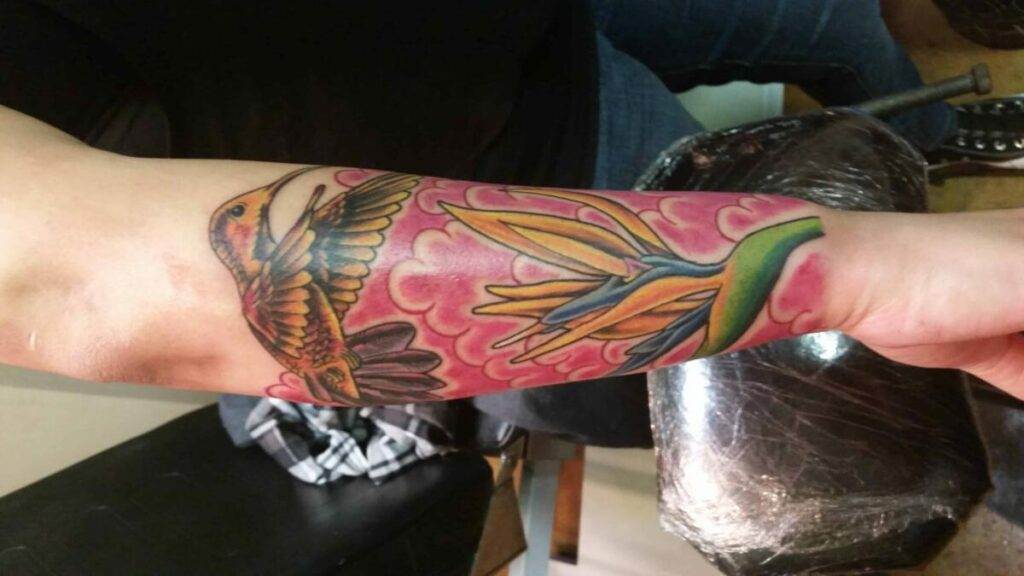
The techniques employed in Irezumi are as intricate as the designs themselves. Traditionally, Irezumi was done using a method called “tebori,” which involves hand-poking ink into the skin with a bamboo stick or metal tool. This labor-intensive process requires immense skill and precision, as the artist must carefully control the depth and angle of each stroke to achieve the desired effect.
The tactile nature of tebori allows for a unique connection between the artist and the recipient, creating a deeply personal experience. In addition to tebori, modern Irezumi artists may also utilize electric tattoo machines to achieve more intricate designs and faster application times. However, many traditionalists still prefer the tebori method for its authenticity and the distinct texture it imparts to the tattoo.
The inks used in Irezumi are typically made from natural materials, resulting in vibrant colors that age beautifully over time. This commitment to traditional techniques and materials is what sets Irezumi apart from other tattoo styles.
Popular Irezumi Designs and Their Significance
Among the myriad designs found in Irezumi, certain motifs stand out due to their popularity and cultural significance. The koi fish is perhaps one of the most iconic symbols in Japanese tattooing, representing determination and resilience. Often depicted swimming against strong currents, koi tattoos serve as a reminder to persevere through life’s challenges.
Similarly, the tiger is another powerful symbol in Irezumi, embodying strength, courage, and protection. Dragons also hold a prominent place in traditional Japanese tattoos. Unlike their Western counterparts, Japanese dragons are seen as benevolent creatures associated with water and agriculture.
They symbolize wisdom and power while also serving as guardians against evil spirits. Cherry blossoms, on the other hand, evoke feelings of beauty and transience, reminding wearers to cherish each moment. These designs not only enhance the aesthetic appeal of tattoos but also imbue them with deep personal meaning.
The Role of Irezumi in Japanese Culture and Society
Irezumi occupies a unique position within Japanese culture and society. Historically viewed with suspicion due to its association with criminality, tattoos have gradually begun to gain acceptance in contemporary Japan. While many still associate Irezumi with the Yakuza, there is a growing appreciation for its artistic value and cultural significance.
This shift has led to an increased interest in traditional tattooing among younger generations who seek to reclaim this art form as a means of self-expression. In addition to its evolving perception within society, Irezumi also plays a role in various cultural practices and festivals. Traditional tattooed individuals often participate in events celebrating Japanese heritage, showcasing their tattoos as symbols of pride and identity.
This resurgence of interest in Irezumi reflects a broader trend toward embracing cultural traditions while navigating modernity.
Modern Adaptations and Trends in Traditional Japanese Tattoo Art
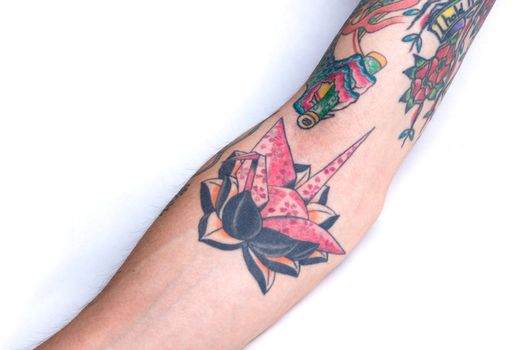
As with any art form, Irezumi has not remained static; it has evolved over time to incorporate contemporary influences while retaining its traditional roots. Modern adaptations often blend traditional motifs with new styles or techniques, resulting in innovative designs that appeal to a broader audience. Artists today may experiment with color palettes, shading techniques, or even abstract interpretations of classic symbols.
Additionally, there is a growing trend toward customization in Irezumi tattoos. Many individuals seek personalized designs that reflect their unique stories or experiences rather than opting for generic motifs. This shift toward individuality has led to a resurgence of interest in traditional Japanese tattooing among those who appreciate its rich history while also desiring something distinctly their own.
The Process of Getting an Irezumi Tattoo
The journey to obtaining an Irezumi tattoo is often an intimate experience that begins long before the needle touches the skin. Prospective clients typically engage in discussions with their chosen artist to explore design ideas and personal meanings behind their desired tattoos. This collaborative process allows for a deeper understanding of the symbolism involved and ensures that the final design resonates with the individual.
Once a design is finalized, clients can expect a lengthy session due to the intricate nature of Irezumi work. Depending on the size and complexity of the tattoo, multiple sessions may be required to complete the piece fully. The experience can be both physically demanding and emotionally rewarding as clients witness their stories being etched into their skin through skilled artistry.
The Controversy and Misconceptions Surrounding Irezumi
Despite its rich history and cultural significance, Irezumi remains shrouded in controversy and misconceptions. Many people outside Japan associate tattoos with criminality or deviance due to their historical ties to the Yakuza. This stigma can lead to discrimination against individuals with tattoos in various social settings, including public baths or workplaces where tattoos are still frowned upon.
Furthermore, there is often confusion regarding the distinction between traditional Irezumi and Western tattoo styles. While both forms involve ink on skin, Irezumi is deeply rooted in Japanese culture and carries specific meanings tied to its motifs and techniques. Understanding these nuances is essential for appreciating the artistry behind Irezumi and recognizing its place within both historical and contemporary contexts.
In conclusion, Irezumi is more than just body art; it is a profound expression of identity steeped in history, symbolism, and cultural significance. As society continues to evolve, so too does the perception of this ancient art form, paving the way for new generations to embrace its beauty while honoring its traditions.
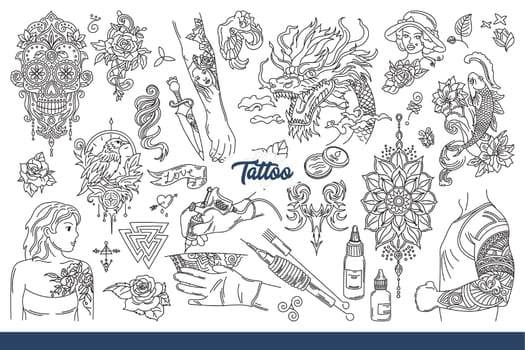
FAQs
What is traditional Japanese tattoo art?
Traditional Japanese tattoo art, also known as irezumi, is a form of body art that has been practiced in Japan for centuries. It involves using hand-carved needles and ink to create intricate and detailed designs on the skin.
What are some common motifs in traditional Japanese tattoo art?
Some common motifs in traditional Japanese tattoo art include dragons, koi fish, cherry blossoms, peonies, tigers, and other animals. These motifs often have symbolic meanings and are deeply rooted in Japanese culture and mythology.
What is the significance of traditional Japanese tattoo art in Japanese culture?
Traditional Japanese tattoo art has a long history in Japanese culture and is often associated with the yakuza (Japanese organized crime syndicates). However, it also has deep roots in traditional Japanese art, folklore, and spirituality, and is considered a highly respected form of artistry.
What is the process of getting a traditional Japanese tattoo?
The process of getting a traditional Japanese tattoo involves consulting with a skilled irezumi artist to discuss design ideas and placement on the body. The tattoo is then hand-poked using traditional tools and techniques, often requiring multiple sessions to complete.
Are there any taboos or cultural considerations to be aware of when getting a traditional Japanese tattoo?
In Japan, traditional tattoos are often associated with the yakuza and may still carry a stigma in some social and professional settings. Additionally, certain motifs and designs may have specific cultural or religious meanings that should be respected and understood before getting a traditional Japanese tattoo.



